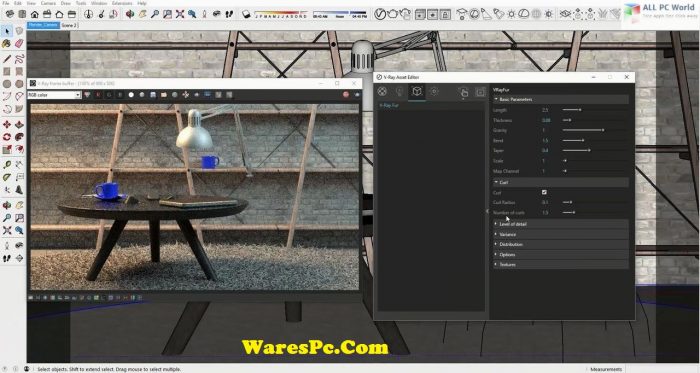

We will now need to place the virtual camera at an interesting spot. Choose the path and set the type to jpg for best results inside Home Viewer.


Set the render parameters : Render Parameters Click the Plugins -> V-Ray -> Asset Editor Open Asset Editor We will start by setting up V-Ray for our 360° renders. We made the tutorial on SketchUp 2020 but it should work it you have different versions. You will need to have SketchUp Pro and V-Ray installed for this tutorial.
#V RAY SKETCHUP 2020 HOW TO#
In this tutorial, we will see how to easily create 360° images from SketchUp and V-Ray to use them in Home Viewer. It is possible to create stunning 3D renders with the V-Ray plugin, but why not go even further and make your clients able to visit your projects from their computers and smartphones? SketchUp is a vey powerful software for 3D visualization.


 0 kommentar(er)
0 kommentar(er)
